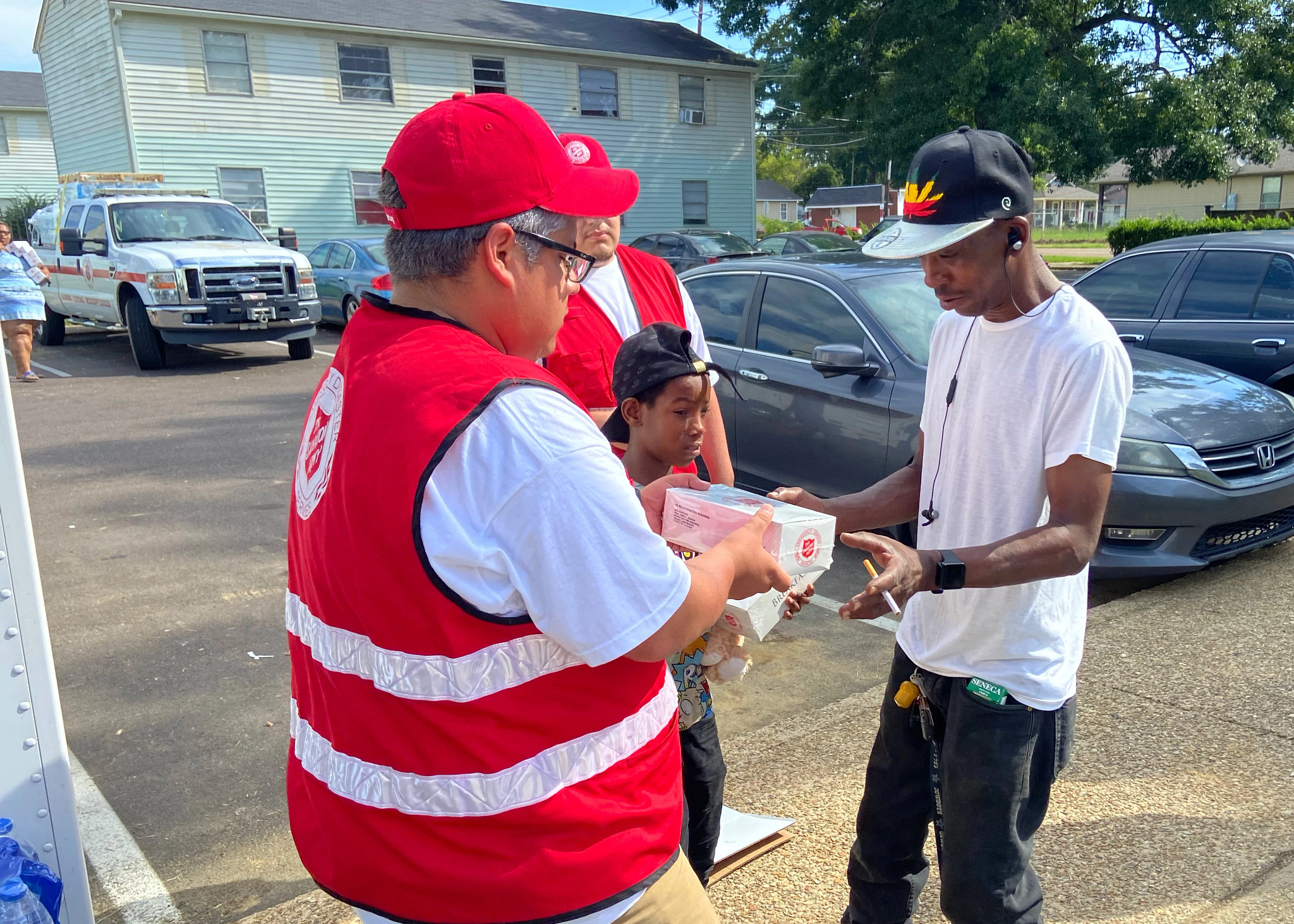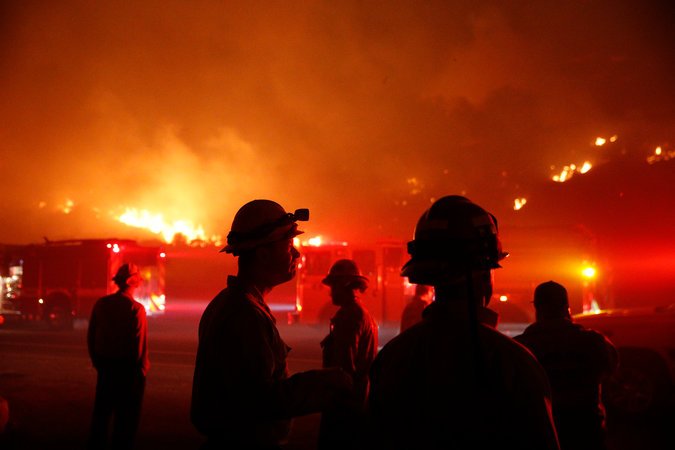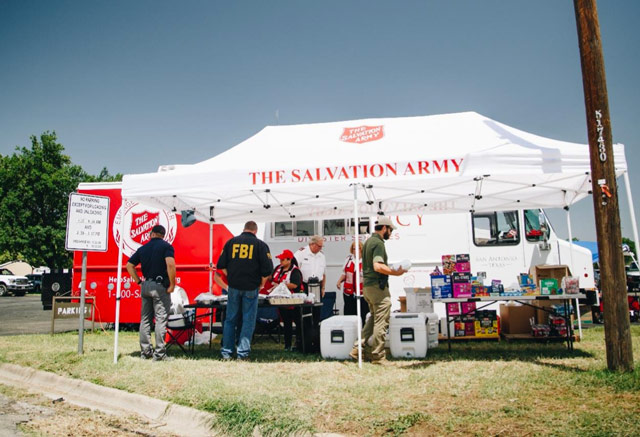
In an ever changing world our disasters are increasing with more frequency and more
severity in years past. Quite often county, state, and federal governments may find themselves
short on manpower or personnel to fill their needs. This begs the question of where they can find
additional assistance for various tasks to fulfill their mission. At the heart of disaster responses
are volunteers who fill in the gaps.
Having volunteers can be a life saving benefit as they participate in disaster operations. A
key asset they can fill is where there is little to no training involved or easy on the job training.
Prime examples would be having volunteers run a registration table at an evacuation shelter or
hand out meals to those affected. This lifts the burden of crucial staff members of various entities
to perform more complex tasks to maintain operations.
Of course volunteers can also perform more difficult tasks such as mental health, drive special vehicles such as forklifts, or work in
information technology by setting up wireless networks. All of which depends on their
competence, certifications, and level of training acquired with the organization they may be
serving with. However, when utilizing volunteers organizations must be careful in deploying
assets such as volunteers.

For some organizations training volunteers may take some time therefore not as many
may be available to be deployed to a disaster site if they don’t have all their qualifications
completed. There is also liability for them as organizations are responsible for their actions while
on scene.
One of the most emphasized factors is burnout for volunteers. While many enjoy their
work, if they have worked too hard for too long they may become less aware, fatigued, and end
up getting hurt while in service to their communities.
They should be monitored for signs of stress building and encouraged to take a break or if they have been there for more than expected
it would be wise to arrange for them to return home. In many crises time and time again
volunteers have participated in the largest disasters.

Those who answer the call for help often are composed of the most compassionate people
that those in need will ever meet. Some of the most uplifting stories are the ones involving
responders who give everything and ask for nothing in return.
For example, according to the
national library of medicine volunteers were crucial in assisting with informed consent for
surgery, family reunification process, explanation of diagnosis and treatment, comfort to patients
and families in various stages of grieving and death during the aftermath of the Haiti earthquake.

All that is needed in some cases is a little comfort to people who have lost everything. Another
example of volunteers that shine in times of disaster.
In 2018 California experienced wildfires that affected thousands of residents. Once again
volunteers came forward to bring hope to those in need. For instance, according to the Salvation
Army, volunteers served in evacuation centers in Butte County distributing mels to evacuees and
first responders who worked continuously to protect communities.
They also provided emotional and spiritual care to survivors proving how compassionate hearts make a world of difference to
residents who need to lean on others.

In my experience of fifteen years of volunteering in disasters myself there is no greater
privilege and feeling of giving hope to another. People who willingly give comfort to those in
need are the best of us and should be cared for as well. On the other side of the coin, they
manage with the same care and compassion as they give to others. Managing volunteers properly
increases morale and allows for longevity thereby building the capacity of a workforce who
donate their time. After all there is nothing stronger than the heart of a volunteer.
by Kyle Dickson Disaster Program Specialist @ American Red Cross | Emergency Management Talks about #cybersecurity, #riskmanagement, #crisismanagement, and #emergencymanagement
My name is Kyle and I have been in the field of disaster and emergency services for over 10 years. The majority of that being a volunteer for several organizations and for my professional career I am a Disaster Program Specialist in South Florida with a non profit organization. I started volunteering in high school at the age of 15 in 2008 with the Civil Air Patrol in my home State of Rhode Island. It was there where the match was lit for emergency services, disaster response, search & rescue. From there I have volunteered for Community Emergency Response Teams, and joined a volunteer fire department for 2.5 years. At this time I still volunteer for Civil Air Patrol in South Florida as an emergency services officer and an operations support specialist for Clay County West Virginia Community Emergency Response Team working remotely. I look forward to many more years of volunteer work in my chosen field of study.
https://www.salvationarmy.org/ihq/news/inr121118
#volunteer #Disasters #assistance #evacuation #mentalhealth #training #wildfires #flood #heat #storm #earthquake #help #egreenews #evideosecurity #inergency #hugihernandez


